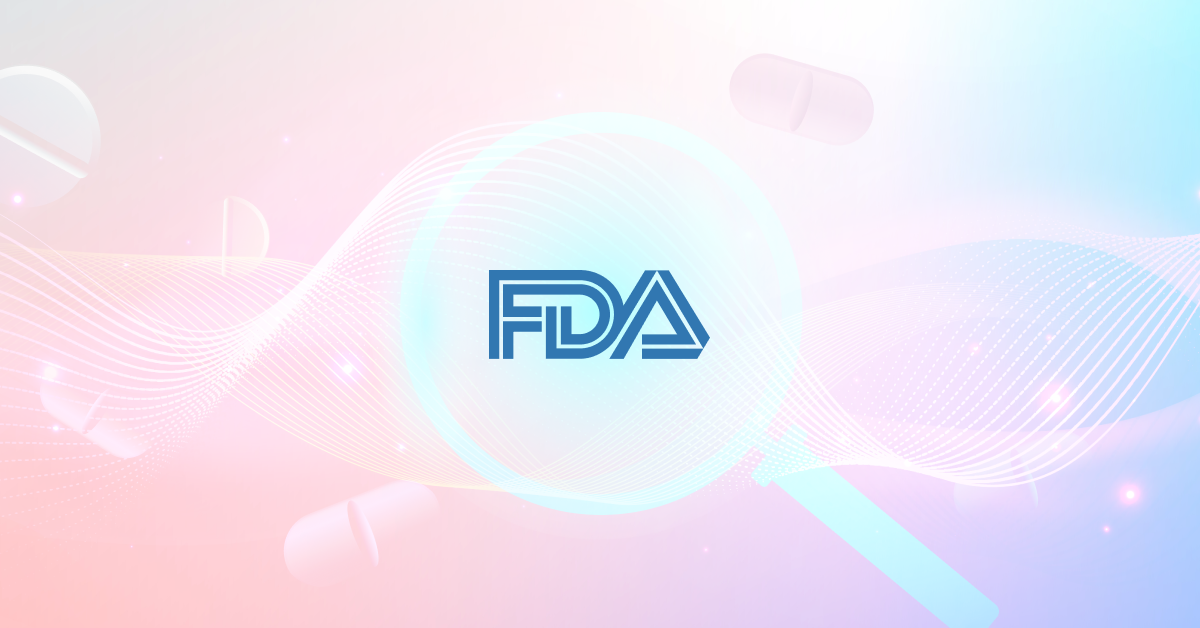Getting a drug approved is hard work. A tremendous amount of time and effort is poured into multi-phase clinical trials to evaluate if a drug is safe and efficacious. But when a drug is approved, it is for specific use only, remaining off limits for a variety of other conditions. Without additional clinical trials that assess the new indication, doctors often have no choice but to prescribe a drug off-label. This practice, as we will see, has considerable drawbacks.
The good news is that a novel way to obtain FDA approval is emerging on the scene. In this blog we share an exciting case study that has turned the drug approval process on its head. We dive into the first real world evidence study to obtain FDA approval for label expansion. Most importantly, we analyze the key metrics of the study’s success and get to the bottom of how additional drugs can be approved in a similar way going forward.
Prograf: The Lung that Saved Me
Sometimes prescribing a drug off-label is the best alternative we’ve got. This was the case with Prograf (tacrolimus), an immunosuppressive drug that was FDA-approved for use after heart, liver, and kidney transplantation. Despite its excellent track record though, Prograf remained off-label for other organs such as lung due to a lack of specific randomized controlled trials, leading to a gap in knowledge and care.
In the face of poor outcomes, and for lack of better evidence-based alternatives, doctors began prescribing Prograf off-label after lung transplants. This practice led to improved outcomes which in turn fueled more off-label prescriptions. While this may have proved clinically effective, this way of doing things is far from ideal.
From Anecdotes to Evidence: The Significance of Going Beyond Off-label
There are considerable disadvantages to prescribing drugs off-label. Firstly, physicians who do so are more liable and vulnerable to lawsuits. Secondly, the weaker the evidence, the harder it is to get coverage, making it much harder to get reimbursed for an off-label drug. This has serious ramifications for health equity. Wealthier patients can more easily purchase off-label drugs which remain inaccessible to the general public.
Beyond potential monetary and reputational damage, we don’t want doctors making clinical decisions based on hunches or anecdotes. Without evidence-based research and statistically meaningful data we tend to make decisions based on personal anecdotes and are in danger of falling into recall or confirmation bias. Ideally, doctors should be making clinical decisions that are based on a robust body of clinical evidence.
The problem is that obtaining such compelling evidence usually takes a lot of time, work and resources.
Why Conducting a Clinical Study is a Long Haul
The gold standard for getting a drug approved entails a 4-phase prospective clinical trial that is double blinded, randomized and placebo-controlled. This requires a hefty budget, considerable hospital resources and obtaining patient consent. It takes over ten years and costs about $1 billion to develop a drug and get it approved. After all this effort only a meager 1 in 10 drugs actually pass clinical trial testing.
These significant expenses make researchers think twice before initiating a clinical trial, especially when it comes to label expansion. For example, there may be little incentive or reward in expanding a label to a relatively rare indication. There may not be enough patients to merit the effort and lengths. In addition, sometimes, as in the case of Prograf, doctors are already convinced that a certain drug constitutes the best course of treatment. In this case, it would be unethical to expose lung transplantees to suboptimal alternatives. Luckily, there is another path we can take. One which is no longer dependent on new clinical trials to get a life-saving drug on the shelf.
Taking the Road Less Traveled
While clinical trials are crucial for approving new drugs, there is another kind of path we can take to facilitate label expansion.
In clinical trials, you work very hard to generate the data you need going forward. RWE retrospective studies on the other hand, turn the model on its head – tapping into data that already exists as a possible shortcut to getting the proof you need for FDA approval.
The FDA is beginning to accept the immense potential in harnessing RWE. It has published several guidance documents on using RWD to approve medical devices, biologics and drugs. This opens the door to a new and thrilling horizon for research, one in which vast amounts of data are unlocked in the service of medical breakthroughs.
Label expansion is one use case which can particularly benefit from retrospective RWD research. Because drugs are prescribed off-label all the time, the evidence regarding success rates is right there in front of us, ready to be learned from. Let’s take a look at a concrete and inspiring example.
The First Drug to Gain FDA Approval through RWE
In 2021, the FDA approved a drug for the first time ever, based on a RWE study. In the study, researchers from Astellas Pharma, the Hennepin Healthcare Research Institute and the University of Illinois set out to prove that Prograf was indeed efficacious and safe after lung transplantation. The novelty was that instead of conducting an interventional trial and collecting the data needed, they decided to use history as a powerful tutor. Let’s take a look at how they pulled this off.
The data used in the study was taken from over 25,000 adult lung transplant recipients in the US that were treated between the years 1999 and 2017. This real world data was obtained from the U.S. Scientific Registry of Transplant Recipients (SRTR) and supplemented by information from the Social Security Administration’s Death Master File. Using this information, the researchers observed that outcomes were significantly better among patients that received Prograf as part of their immunosuppressive regimen. These findings, together with additional studies, led the FDA to approve Prograf for adult lung transplant recipients, expanding the original label.
Let’s examine the key factors that made this study successful to learn how such an inspiring study could be reproduced in the future.
Getting to the Root of Success: How It all Boils down to Data Access
To cut a long story short, the success story above was made possible through data access. The researchers were able to access a centralized national registry that collected crucial information on all lung transplants, including demographic information, which immunosuppression drugs were prescribed and survival rates of both the patients and the grafts. This allowed the researchers to conduct a non-interventional study – dividing the data into patients who received Prograf and comparing them to all the rest. The information was further enriched by the US death registry to confirm patient mortality. In short, the study had the right comprehensive data which was fit for use and patient-level. This was extremely convenient and allowed the study to be conducted with great speed and elegance, ultimately paving the way to regulatory approval.
There are several reasons why this cannot be the case for most studies. First, the data in the study happened to check all the right boxes when it comes to FDA requirements regarding real world data. Second, the right data happened to be centrally located and easily accessible.
Let’s take a closer look at each of these aspects.
FDA Requirements for RWD
Anyone wishing to conduct a RWE study must take into account the FDA’s strict requirements regarding the use of RWD for regulatory purposes. Central to these requirements is that the data must be fit for use:
- Data quality – datasets must contain all the information needed to draw the conclusion.
- Patient-level – the FDA requires being able to drill down to the data of each individual patient. This is usually a complex requirement since regulation often results in de-identified and aggregated information.
- Accountable and transparent – in retrospective studies, researchers must be able to display a log of all records analyzed to prove they didn’t cherry pick information to confirm their hypothesis.
Getting Hold of the Right Data
Even if these hurdles set by the FDA are overcome, there is still the issue of getting the data you need. The answers to scientific hypotheses can almost never be found in a single centralized repository as in the study above.
Researchers often encounter considerable issues, including:
- Fragmentation – the data needed for a study is often dispersed across multiple institutions and stored in different formats.
- Tedious data preparation – you’re then tasked with data indexing and preparation that could take years.
- Sensitive information – medical data is extremely sensitive, even more so with genomic or genetic data. This requires extra measures taken to uphold patient privacy.
- Missing data – when conducting a retrospective study you may very well be missing important chunks of information that were never documented or else stored elsewhere.
- Sparse data – in certain use cases such as rare diseases there may not be enough information to reach a conclusion.
- Homogeneous data – although registries that store data about the disease you are researching can be a gold mine, it’s important to ensure you work with diverse data. It can significantly threaten health equity and medical outcomes to center research on the population that you happen to have access to.
How can we overcome these hurdles and mimic the success of the Prograf study?
The answer lies in our ability to access high quality data from many different sources and unify it to receive meaningful and comprehensive patient-level information. If we can crack that issue, the door to RWE studies will open and we will witness many exciting breakthroughs that wouldn’t have been possible beforehand.
A Brighter Future for Label Expansion
The Prograf study is a reminder that while clinical trials are a powerful and necessary tool, they don’t have to be the only one in our toolkit. Sometimes you don’t have to wait years and spend millions of dollars to generate the evidence you need. Sometimes that evidence has already been collected by someone else, and is sitting somewhere untapped and underutilized.
With solutions like Briya, you can turn disorganized and unharmonized information into a gold mine and securely access the de-identified patient-level information needed to draw your conclusions. When used responsibly, this type of RWE research can serve as a considerable shortcut to drug development. This goes well beyond label expansion. Imagine all the amazing things that could be achieved with data that already exists, if you could only access it. What would be possible if researchers could, for example, apply their hypotheses relatively easily across geographies and underrepresented populations? How could medicine and society change for the better if clinical trials that had trouble taking off the ground could be transformed into elegant and fast-paced RWE retrospective research? I’d say it’s worth taking some time to figure it out.






